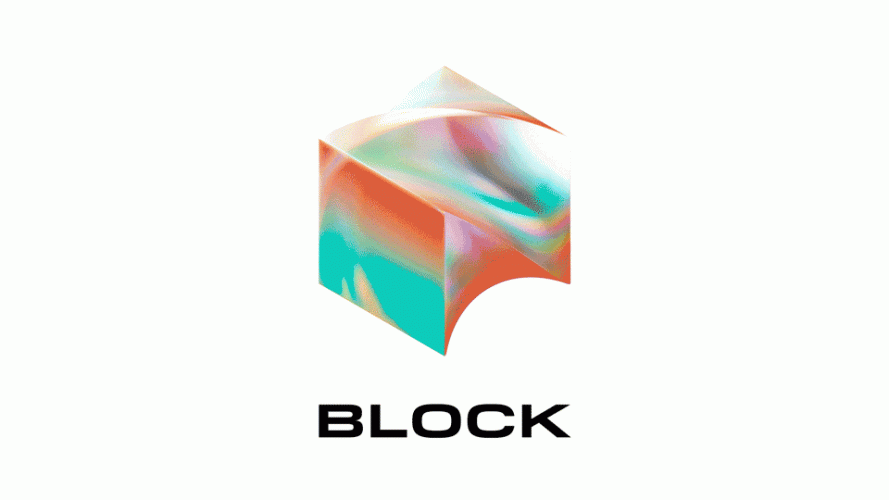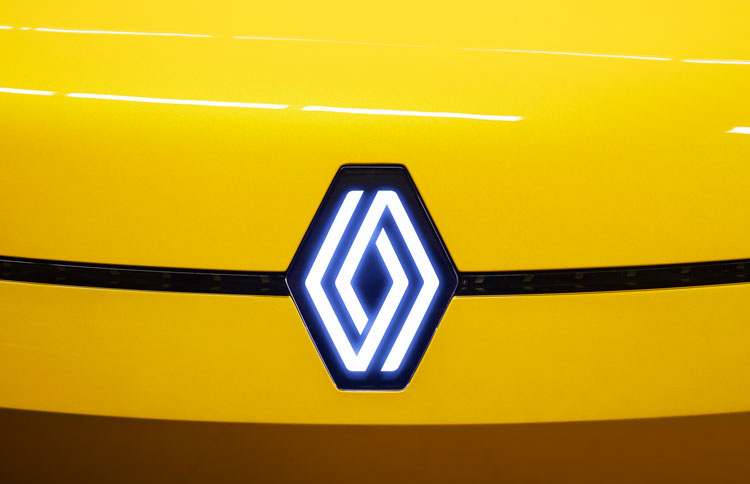2021 in review: Design consultancies in “stronger position” than 2020
After a transitory year design studios are better set-up to tackle the challenges of the future and can proudly reflect on a year of hard work.
 We can safely say that 2021 has been an improvement on 2020 for the design industry, although global challenges, particularly in the form of the pandemic, continue to test design businesses.
We can safely say that 2021 has been an improvement on 2020 for the design industry, although global challenges, particularly in the form of the pandemic, continue to test design businesses.
Whatever happens next, designers are likely to be better prepared for it with hybrid working between home and studio now fully established.
While redundancies and furlough were the backdrop to 2020, in 2021 reshaped studios saw design businesses make a strong return.
The WPP group is often used as a barometer of industry health and design consultancies were reported to be looking revived at the end of the first and second quarter this year.
“Brand became a big focus for clients”
Speaking to larger consultancies we can see that many have experienced a resurgence this year. Design Studio CEO Mark Linney says that a bounceback in client confidence towards the end of 2020 has continued into 2021. “Many clients clearly used the pandemic as an opportunity to reassess their business from top to bottom and brand became a big focus for them,” according to Linney.
To meet demand Design Studio grew its team by more than 60% and Linney says “This presented new challenges in terms of remote onboarding and transitioning to permanent hybrid working”.
Meanwhile the type of work Design Studio is undertaking has changed with less “traditional visual identity jobs” and instead clients looking to extend projects to include digital campaigns and internal engagement says Linney.
“The demand for comprehensive thinking in motion and sonic is more pronounced than I’ve ever seen it before as clients think about identity in a truly holistic fashion,” he adds.
2021 was a chance to diversify
It’s no secret that small and medium sized studios have faced the biggest challenges. For DutchScot founder and creative director Alex Swatridge, many projects had gone on hold in 2020. At the time there were “raw, honest and emotional conversations” with clients.
A turning point was DutchScot redesigning its own site while being less busy with client work than usual. This meant it has been able to diversify more in 2021.
“We created the signage and wayfinding for the Design District – also our new home, a rebrand for Conran and Partners, and now the hospitality business is bouncing back we’re busier than ever.
“I feel lucky that we’re in such a strong position but I’m also incredibly proud of what we’ve achieved. We have some very loyal clients to thank,” says Swatridge, whose team returns to a new studio in 2022.
There may be some wider patterns at play as well. Back in October the Design Business Association (DBA) pointed to how design consultancies are facing a recruitment challenge with many talented designers who were laid off deciding to turn their hand to a side project or strike out on their own. This meanwhile has meant freelancers stepping in at design consultancies to fill the gaps.
Social and sustainable design more embedded
One certainty is there was no shortage of good work in 2021. Much of this has been imbued with a real sense of purpose. In 2020 there was a lot of design activism and in 2021, perhaps energised by this, designers have been taking on all kinds of social causes with new and existing clients as well as through their own projects. This environmental standard branding, these examples of products which tackle planned obsolescence, and this device to combat knife crime are cases in point.

At Design Week we’re certainly using language like ‘social design’ and ‘designing sustainably’ less as this kind of work becomes more amorphous and embedded into all kinds of design practice.
The climate crisis has been a major topic of engagement in 2021 and while COP26 gave it a brief focus, designers are in a unique position to keep it on the agenda. This could be anything from reconsidering the way brands communicate, to how products and services are designed. While we reported extensively on design activity prompted by COP26 we are now looking at how designers can carry these ideas into their own work as part of our Design Climate Action series. We’ve already focused on the carbon impact of digital services, the nuances of branding sustainable products and how interior design can be less wasteful.

In 2021 our most popular news stories included a portable solar distiller which can make clean drinking water anywhere and a reusable lamp which can turn ionised salt water into light for 45 days. The design of a new standard UK electric vehicle (EV) charging point was our most read news story and there were new looks for the BBC, Coca Cola, Renault and Pfizer.

Studios working on the design of spaces – hospitality, workplace, retail and exhibition – breathed a collective sigh of relief as public life began to look familiar again in 2021. Exhibitions returned with visitor time slots, the flow of visitors and hygiene factored in. The most read on Design Week was the Design Museum’s Waste Age exhibition – which encourages us to perceive waste as a raw material used to design new products. These were the exhibitions you enjoyed most in 2021.

Our two most popular long reads this year were explainer pieces. One was to help designers understand what the new IR35 tax laws mean for their businesses and the other to navigate what NFTs might mean for designers. In this piece we looked to strip away the gimmicks from the opportunities.
On a related note it seems that new spaces such as NFTs and possibly crypto currency, the so called metaverse and anything associated with the decentralised internet bucks recent graphics and branding trends.

Logos and wordmarks in this field are designed to be flat and legible but broader identity systems can be wild. Stylistically, think 1990s and 00s net art, 3D, a glitchy aesthetic or psychedelic colour gradients. This identity for financial services company Block would be an example.
Pared back looks and simplification have led the way for years, in many instances for clarity in the digital world. This is still the prevailing and necessary theme meaning that the decentralised internet world may be an isolated anomaly, for now.

We’ve lost count of how many car brands have gone for a flat design as they usher in the age of the electric vehicle. Renault, Peugeot and Volvo were among our top graphics stories this year.
Meanwhile the new Burger King identity by JKR looked to the nostalgia and comfort of the past, hot on the heels of McDonalds packaging by Pearlfisher.

Yet it was the radical new look given to Pringles’ Mr P which got everyone talking and encouraged us to find out the secrets of creating successful brand mascots.
You can find all of our most popular stories of 2021 in one place here.
-
Post a comment





